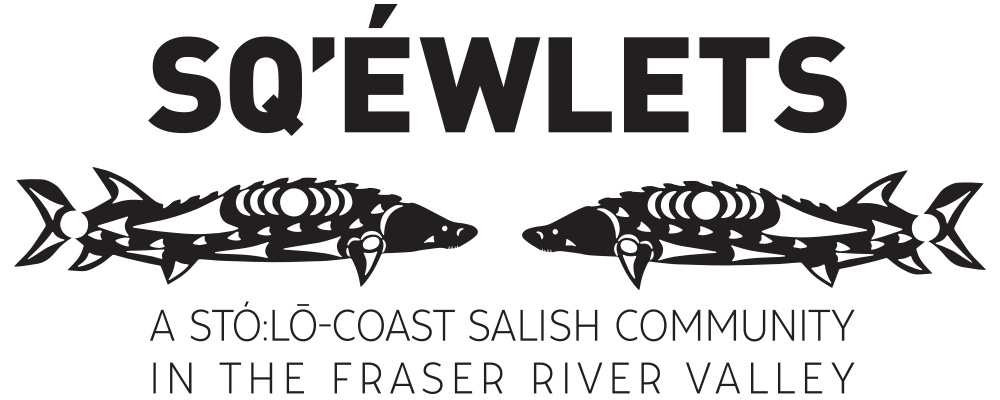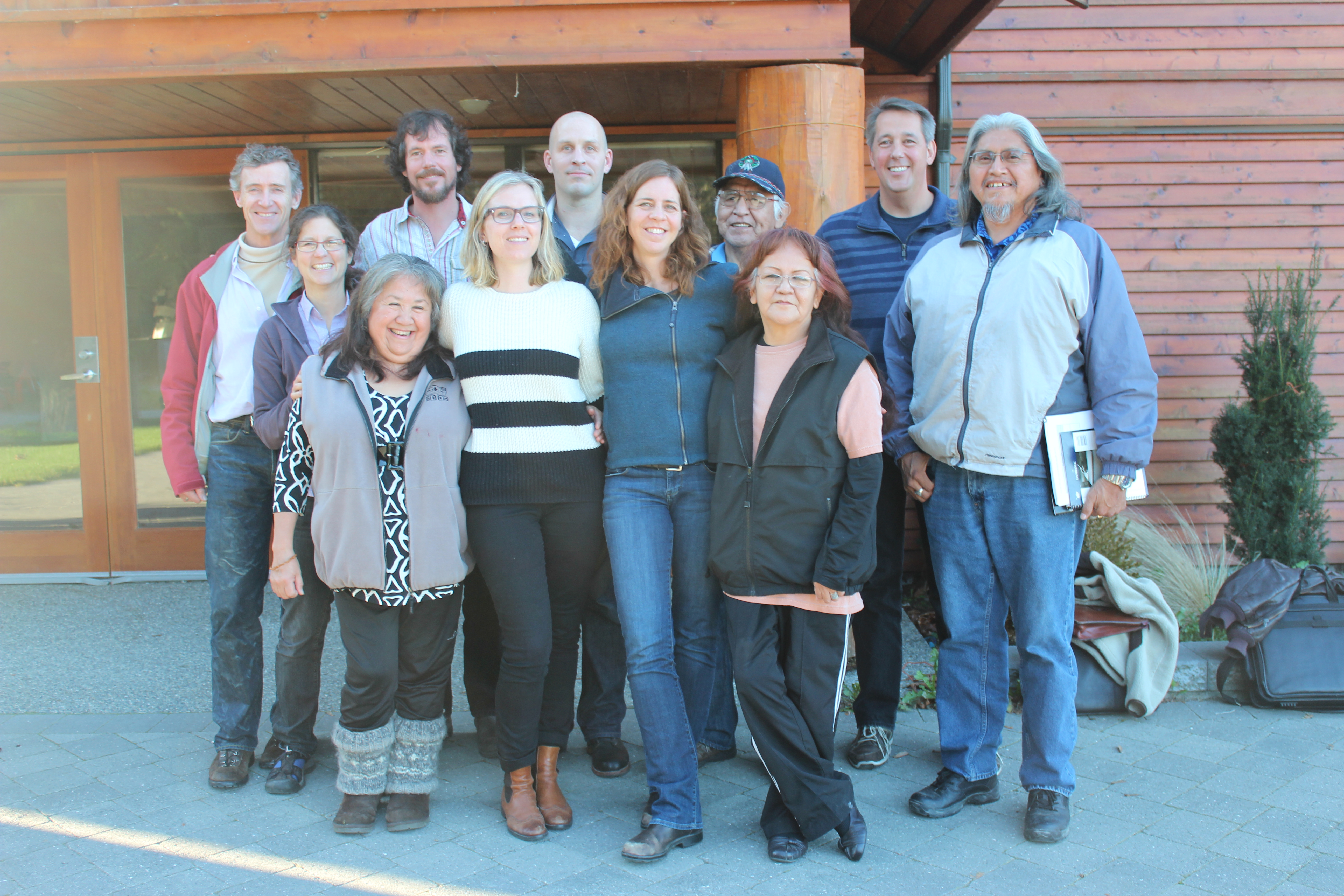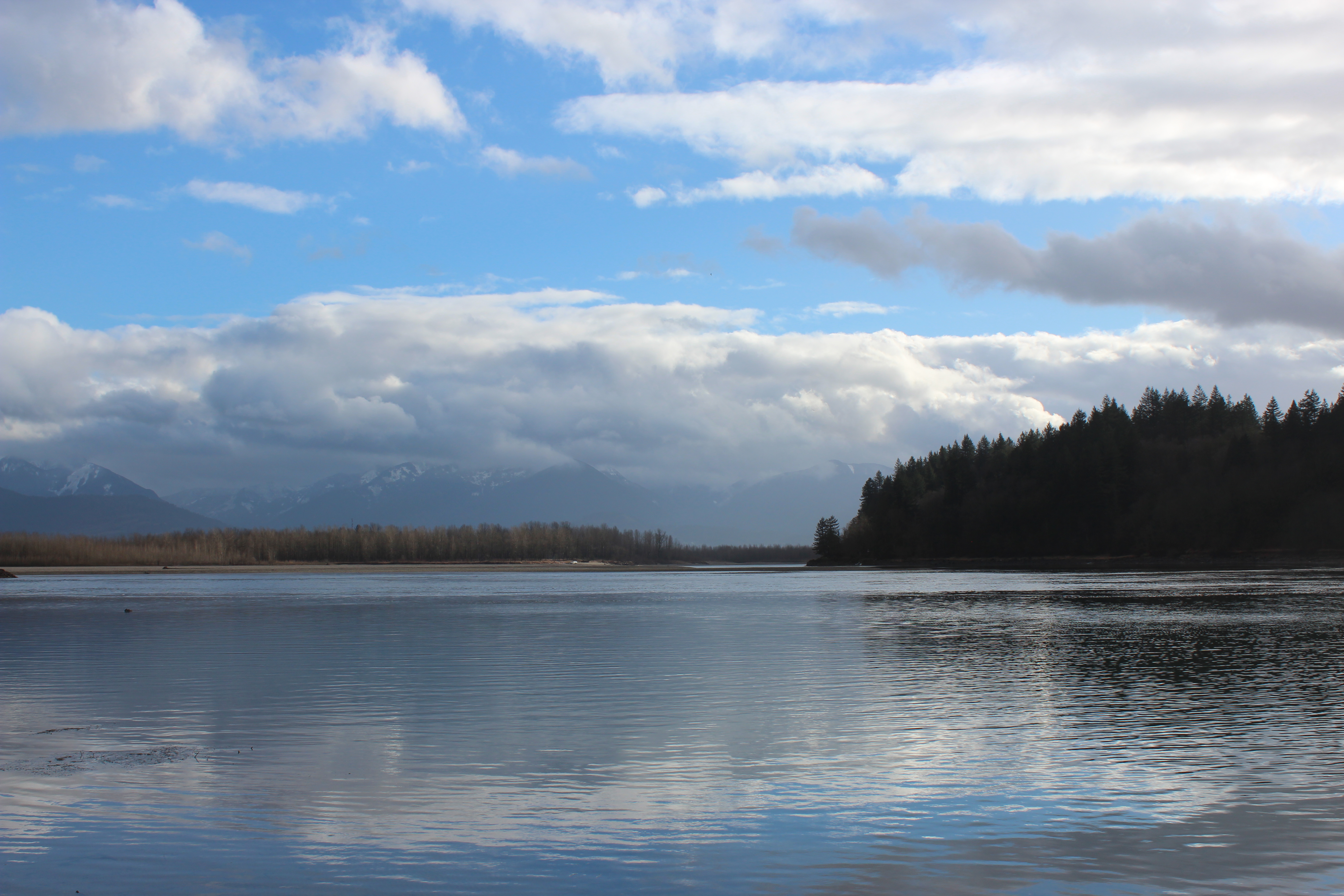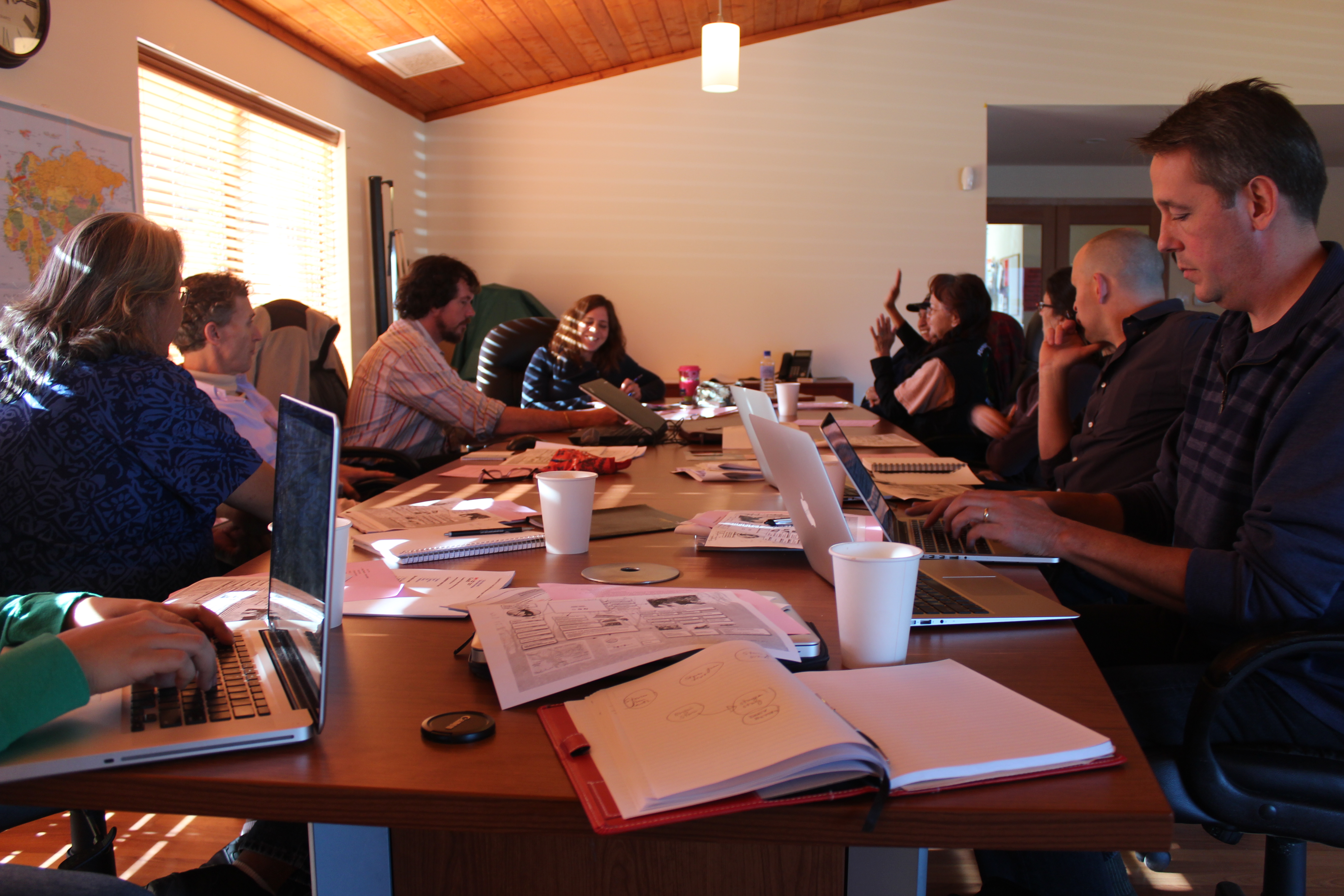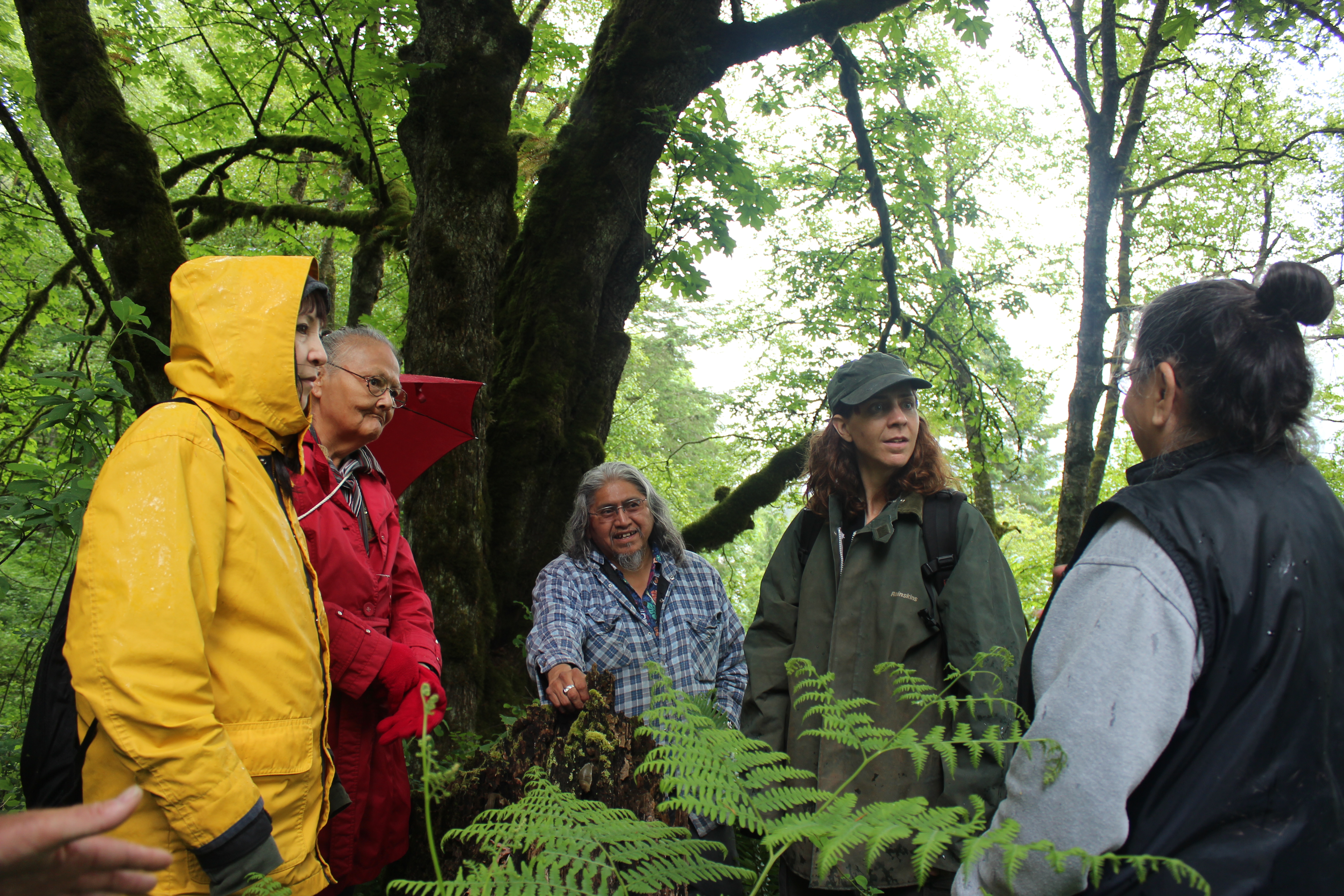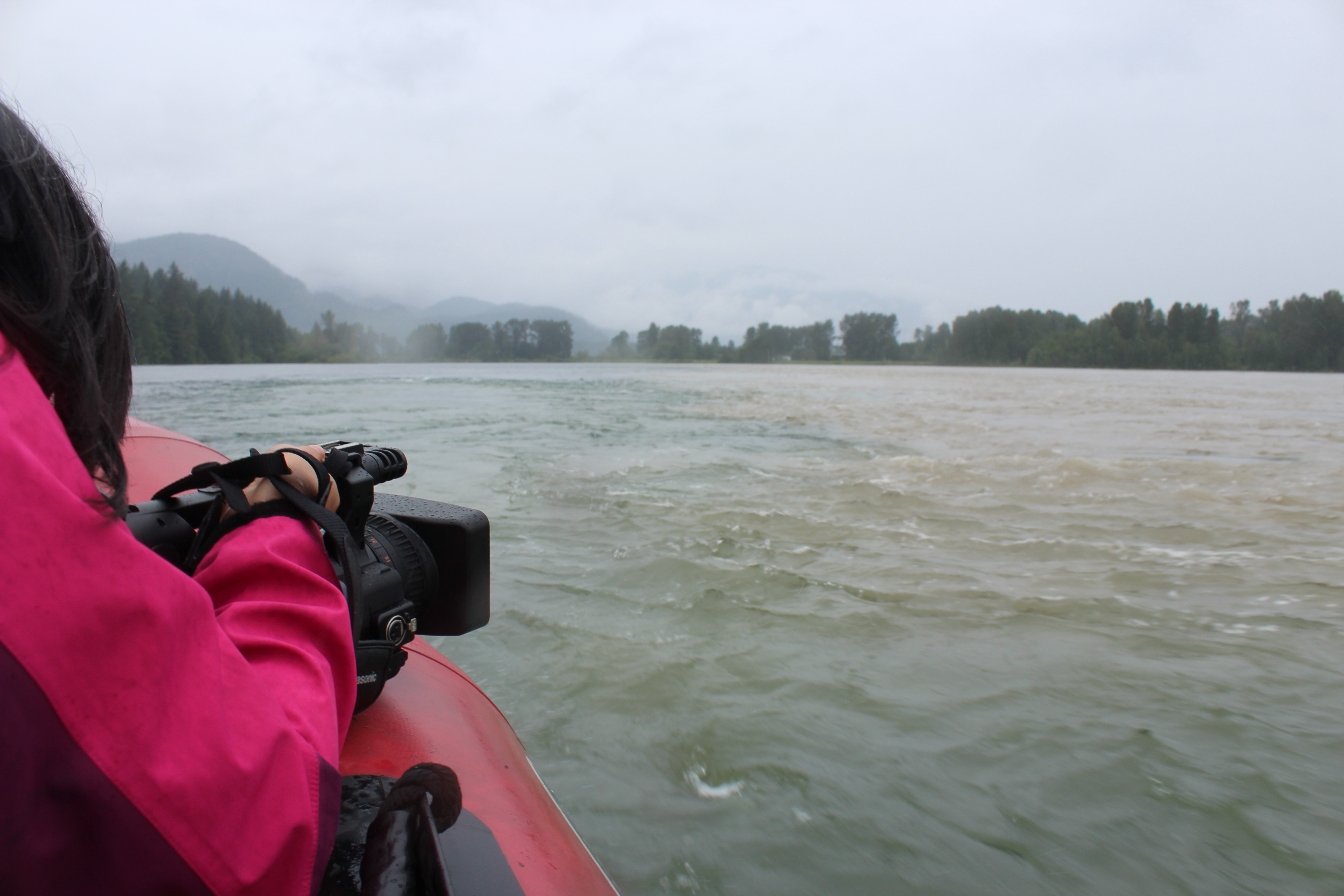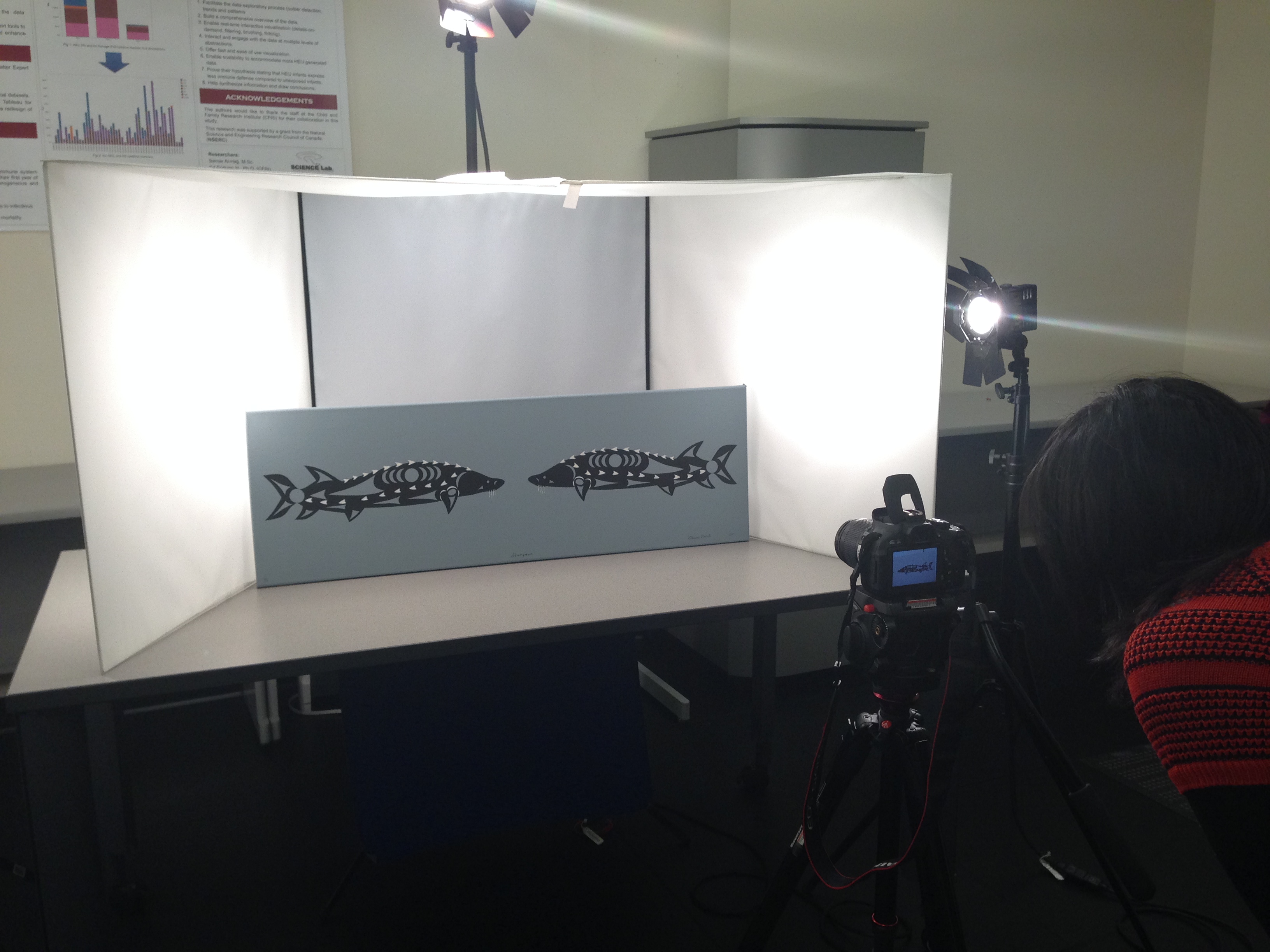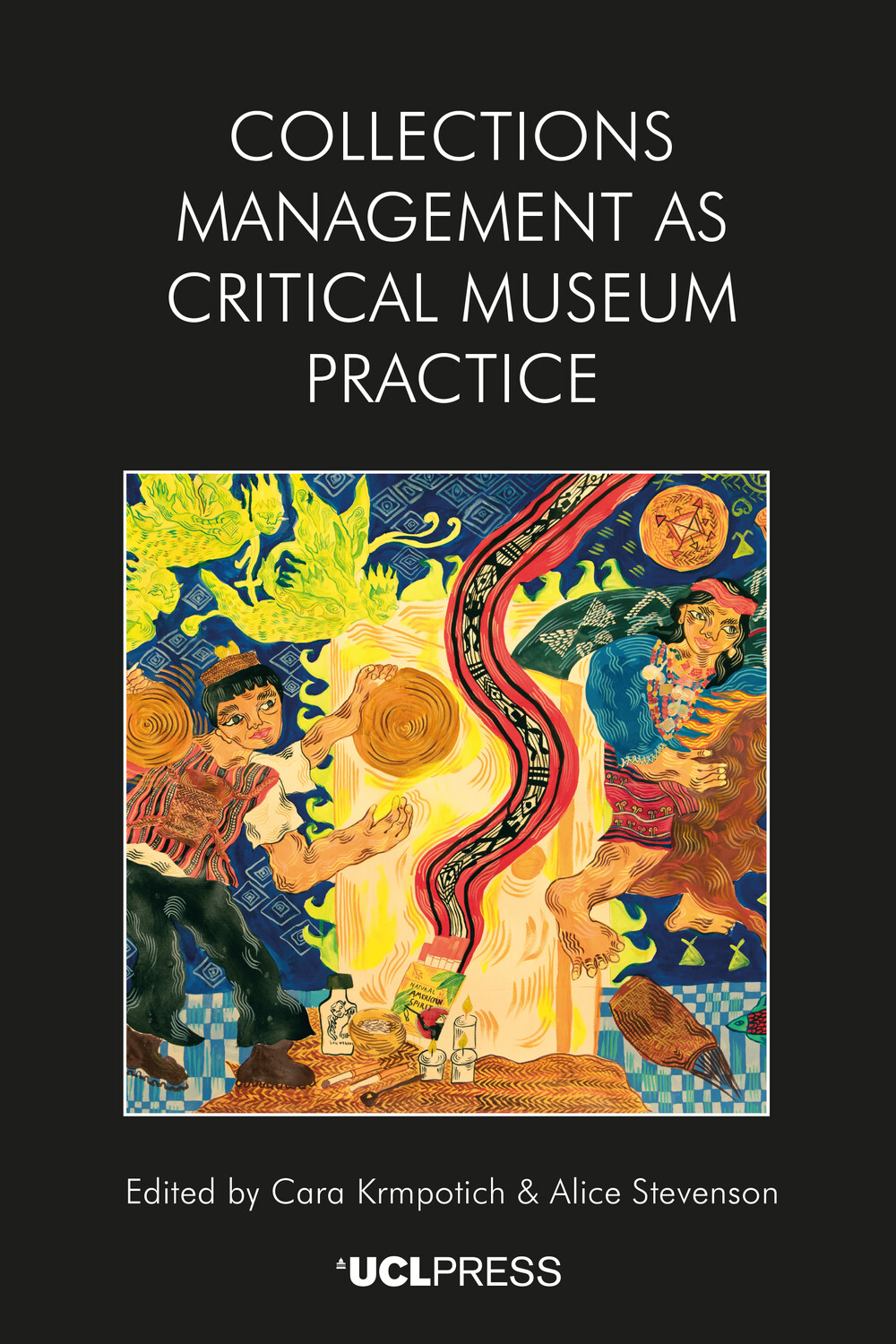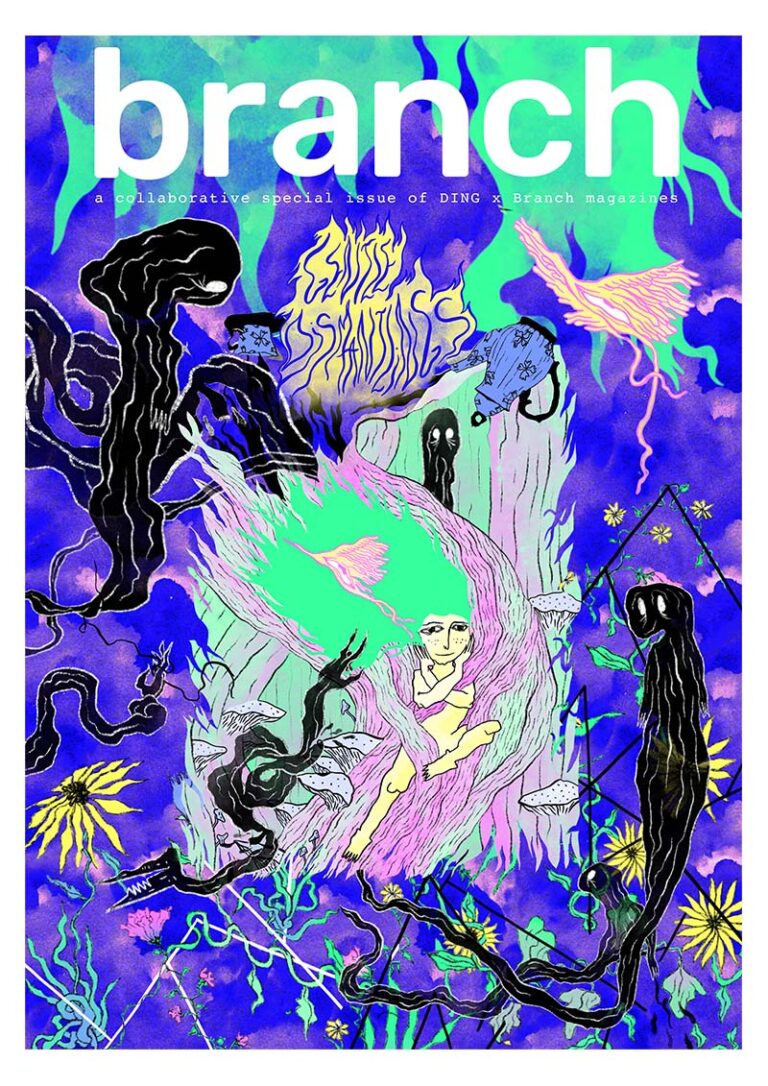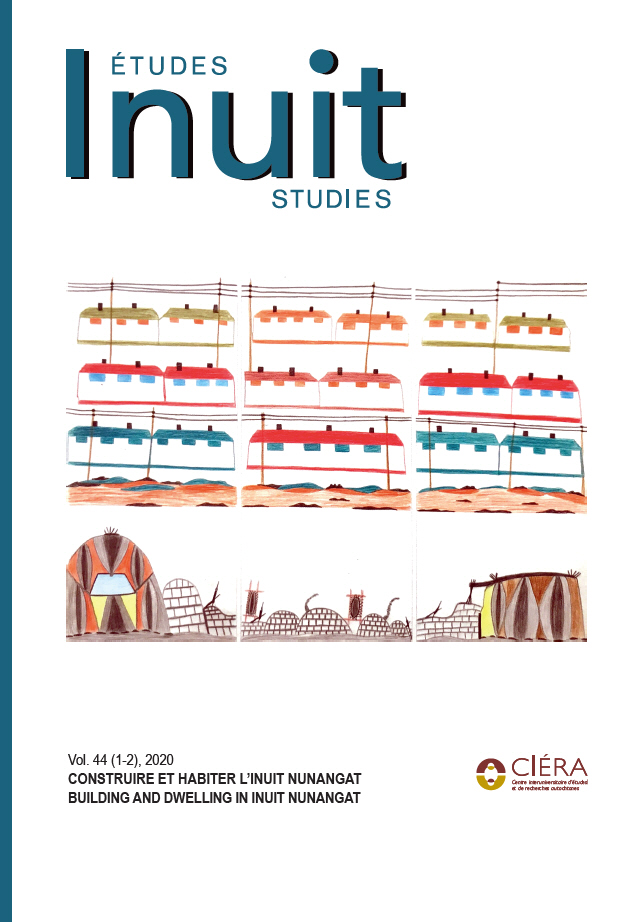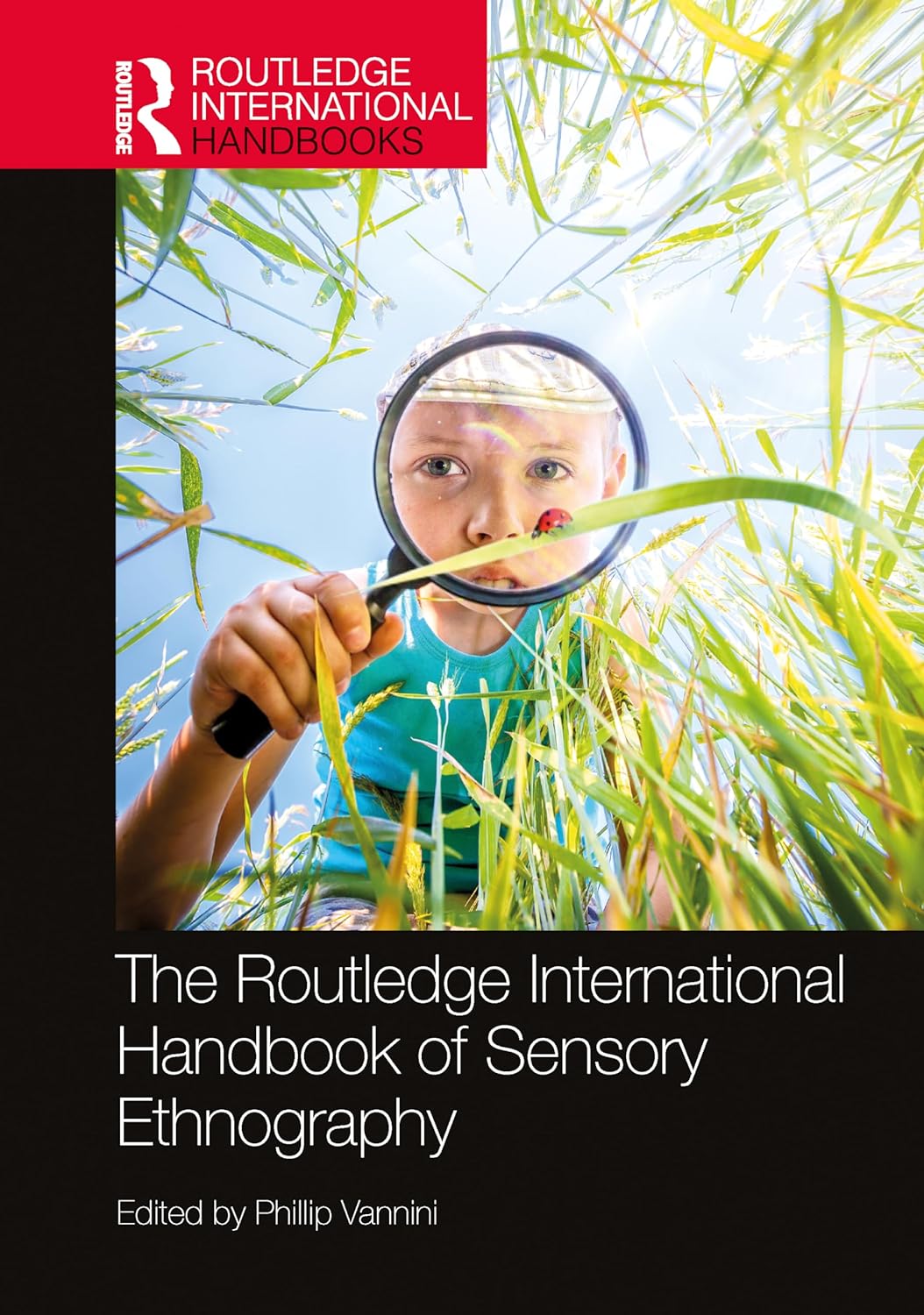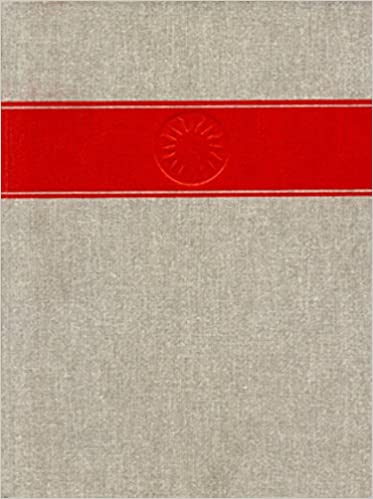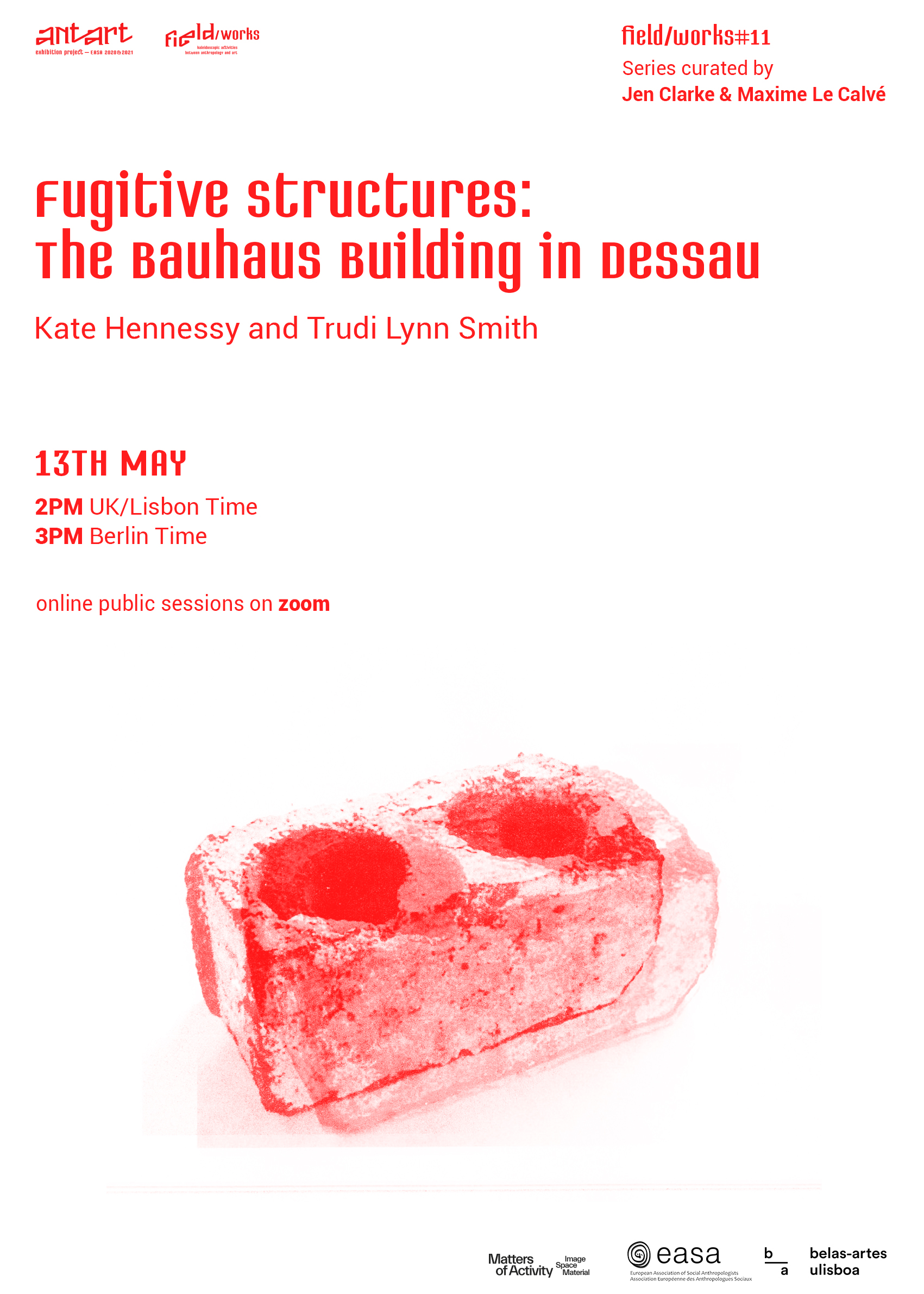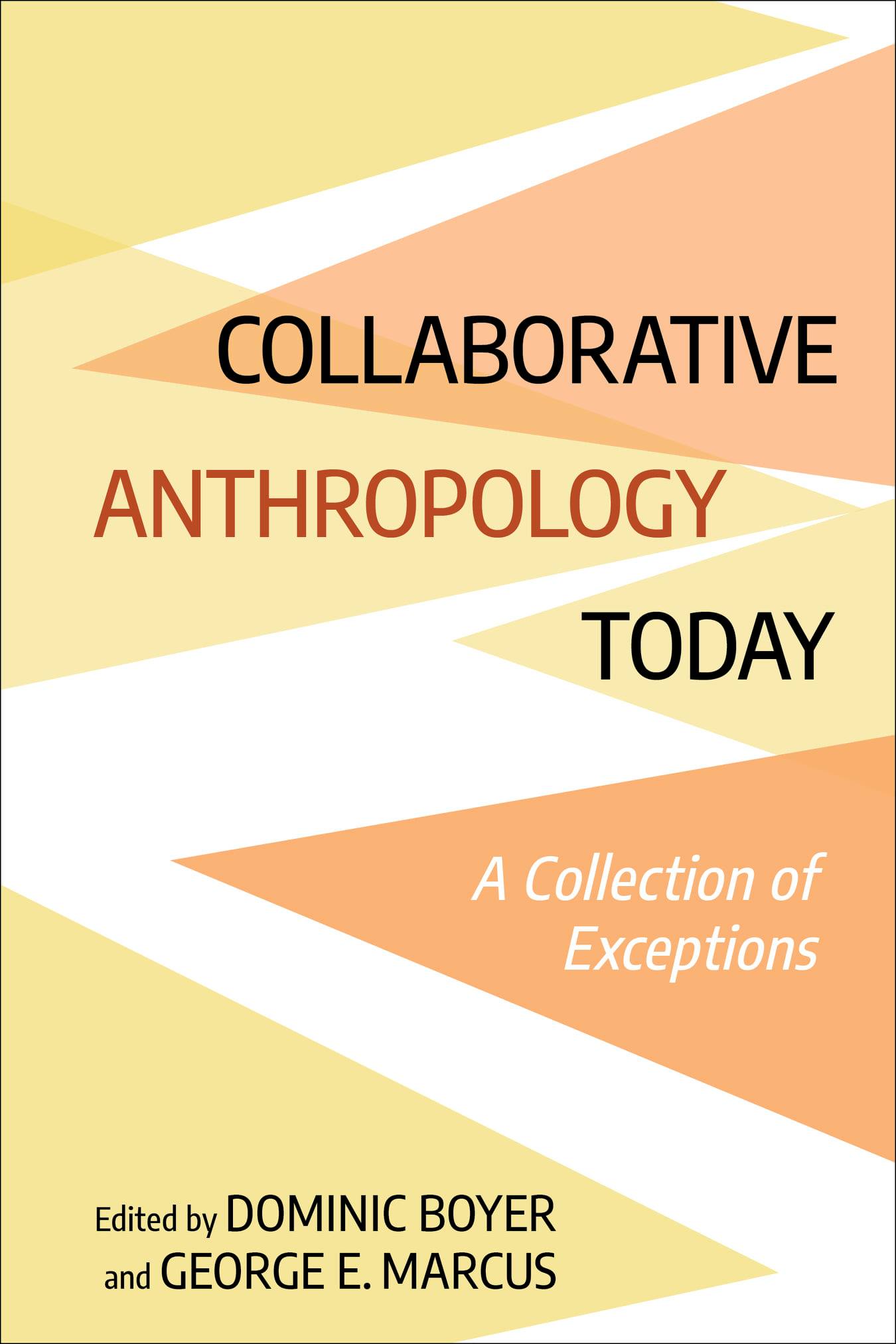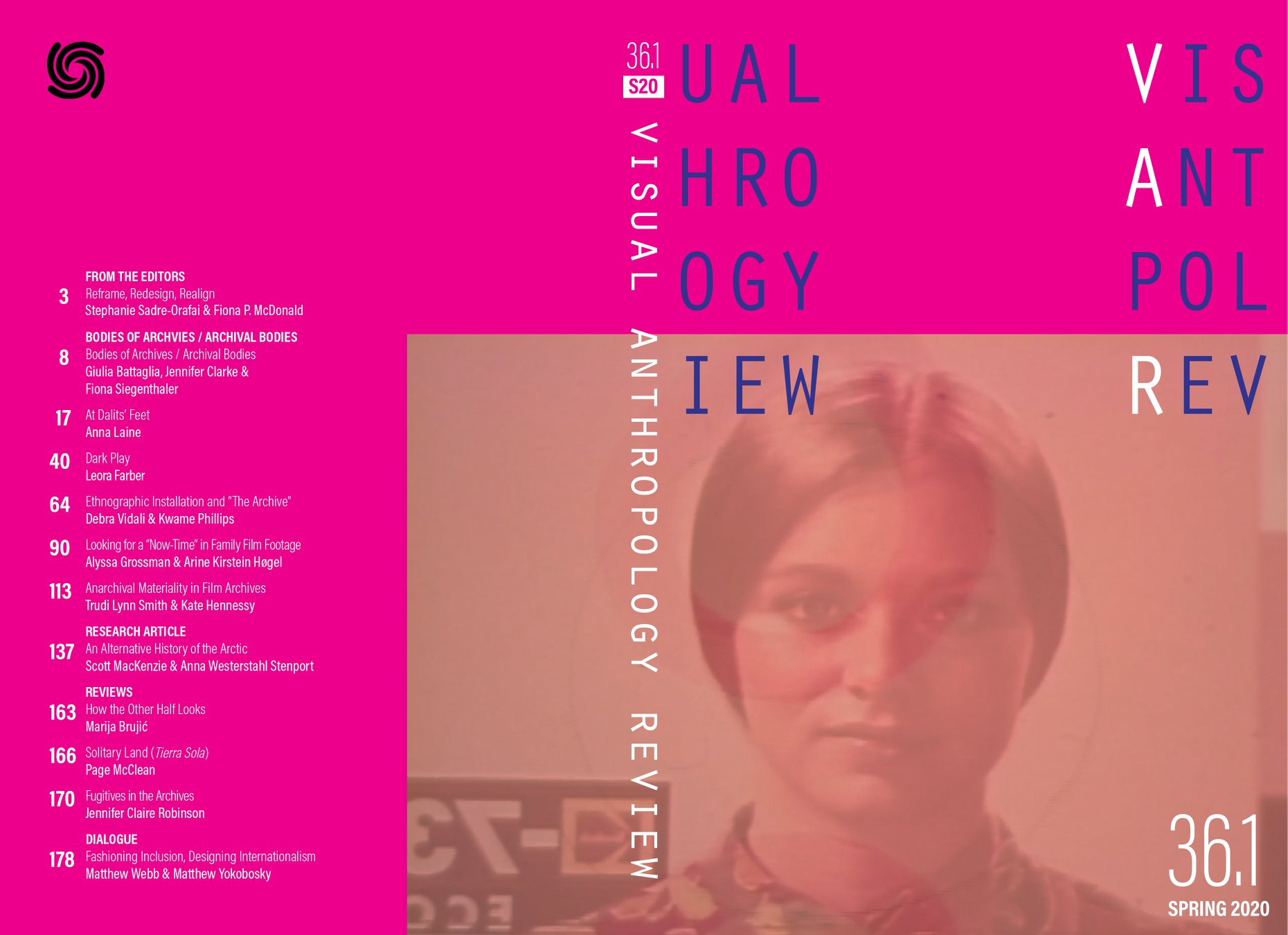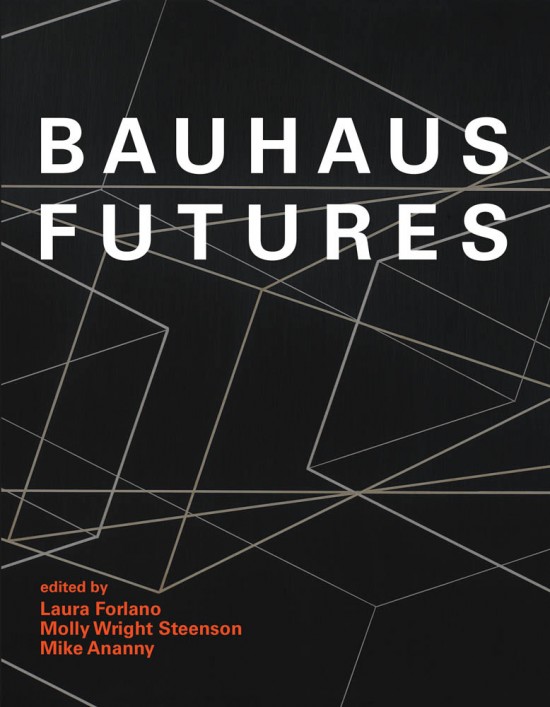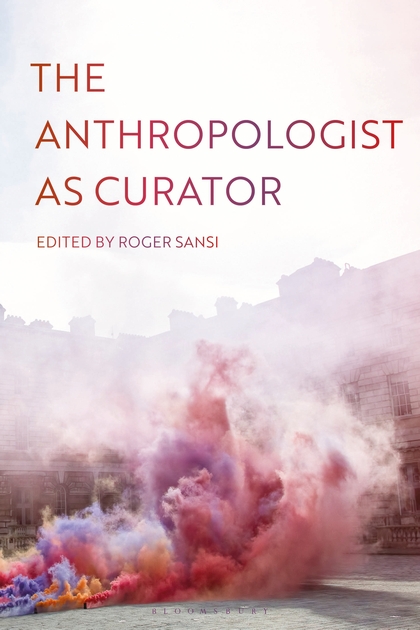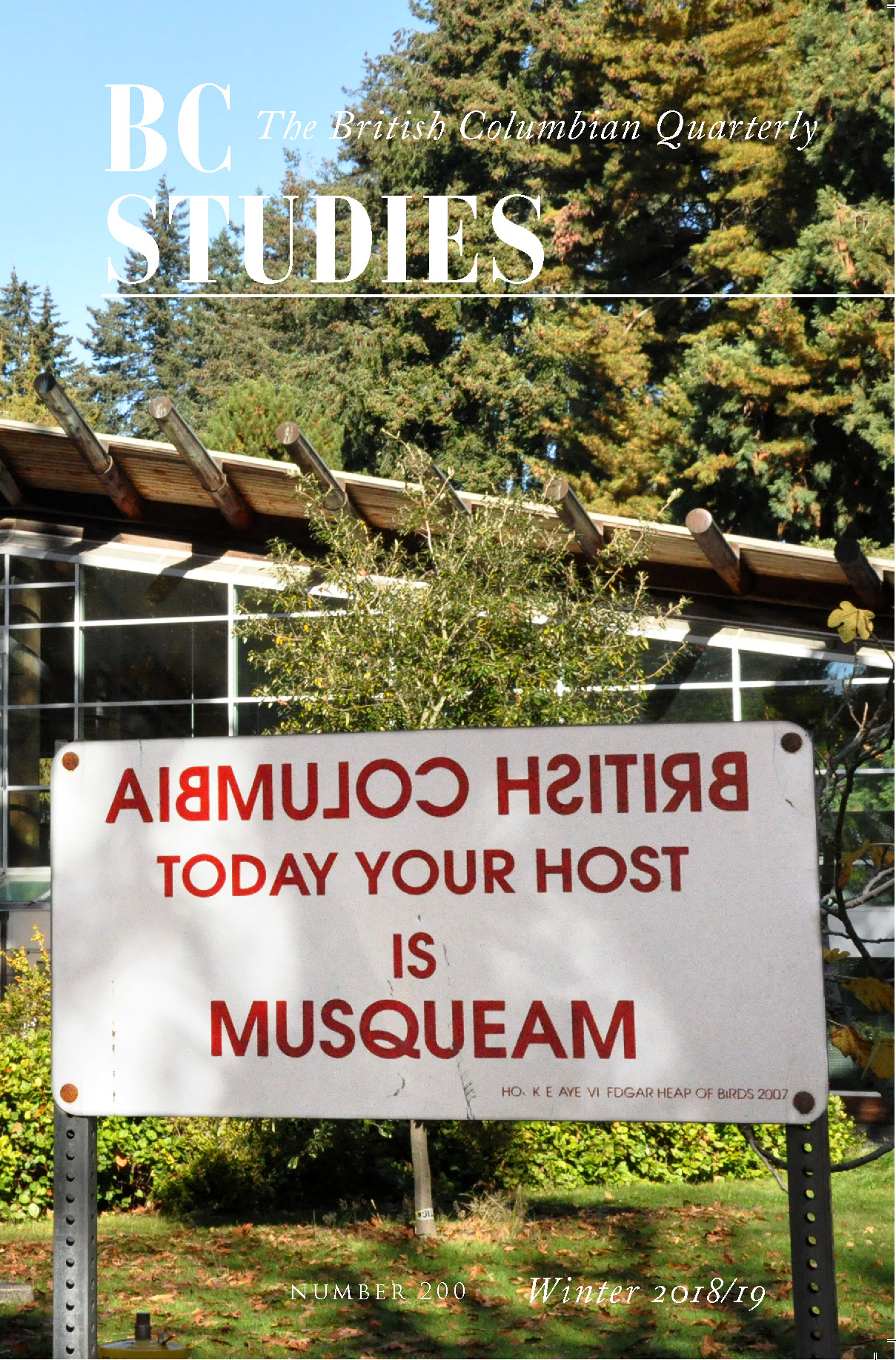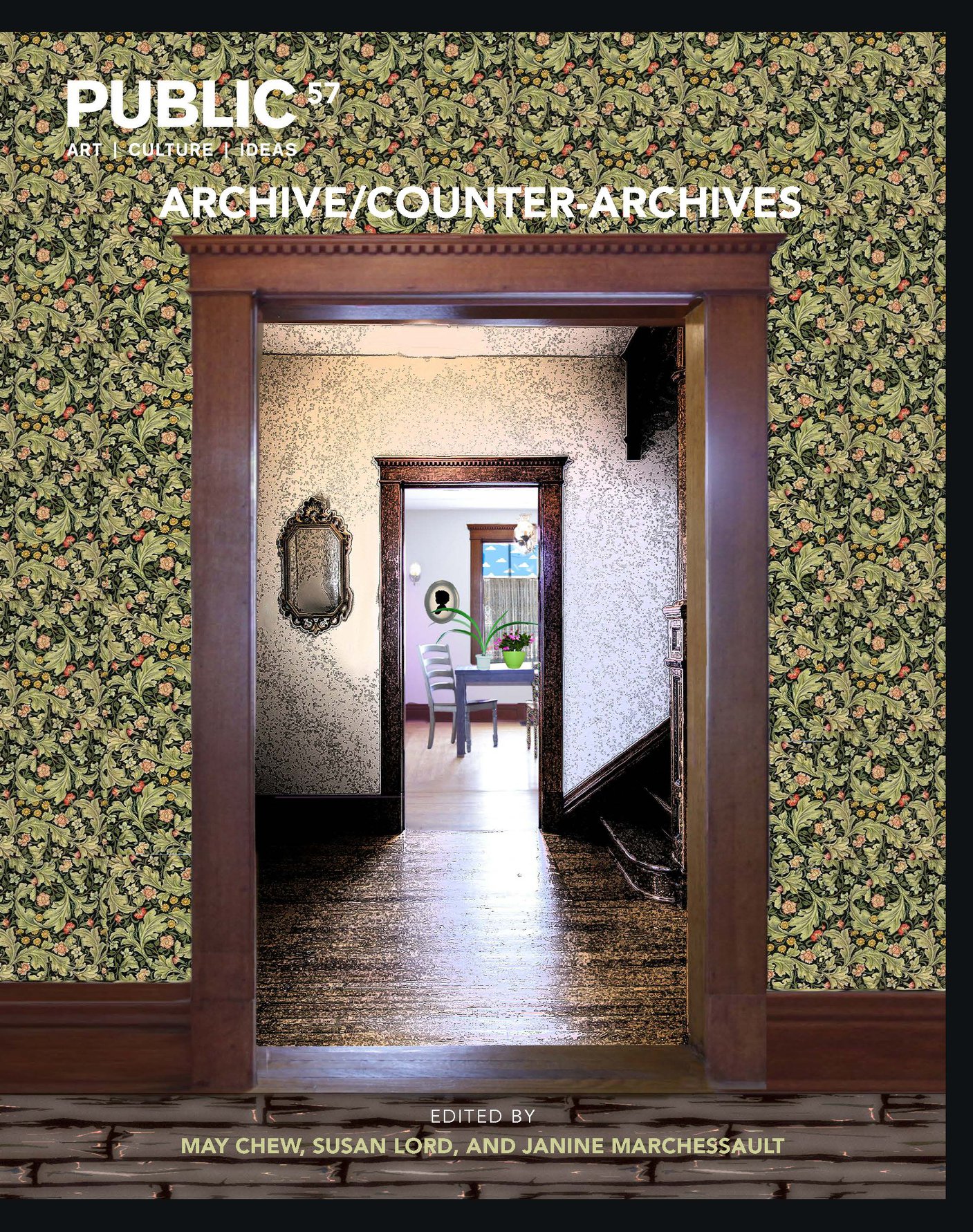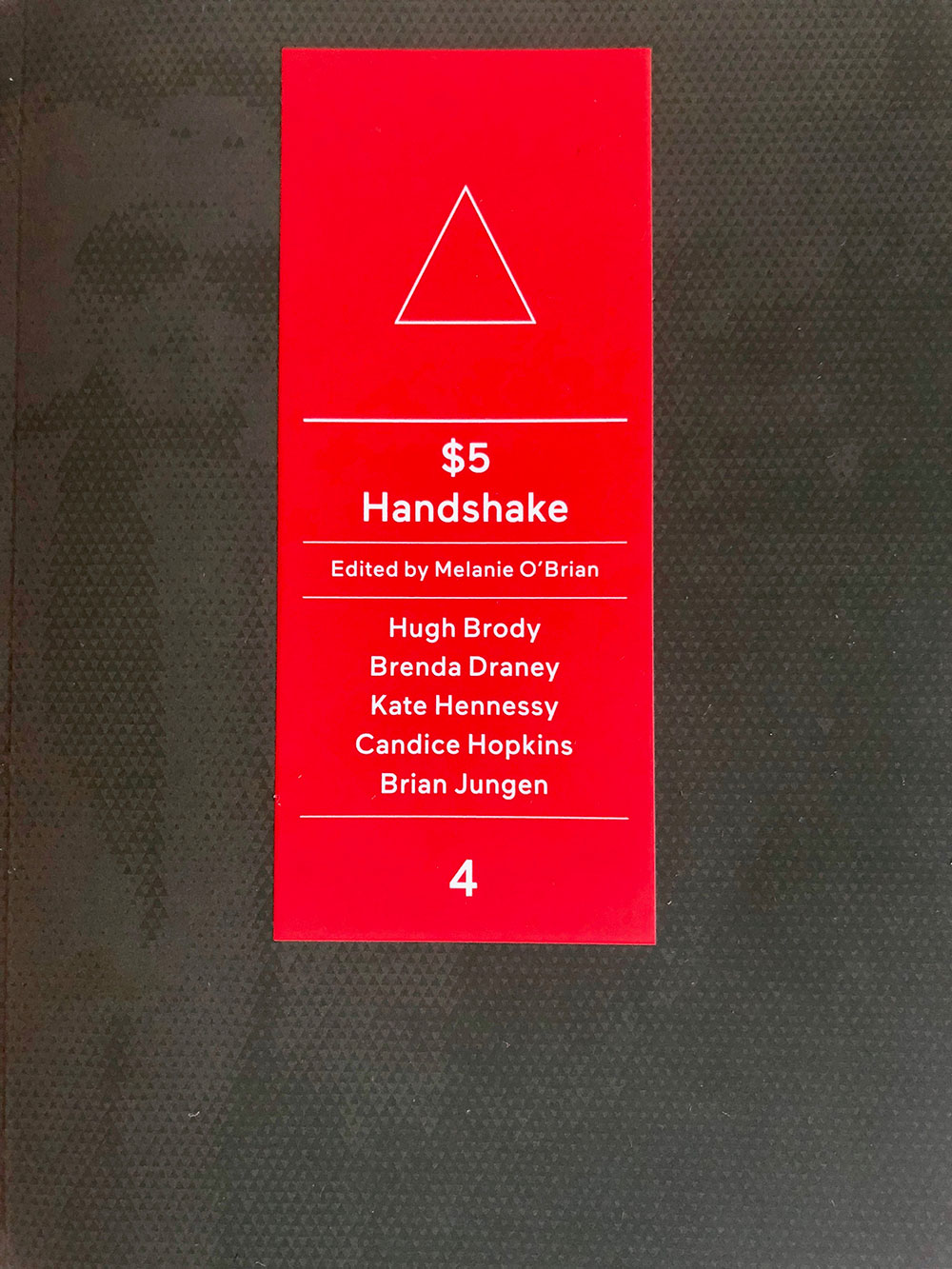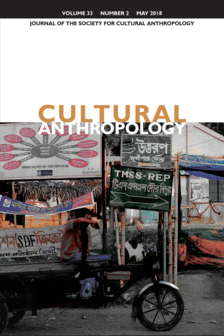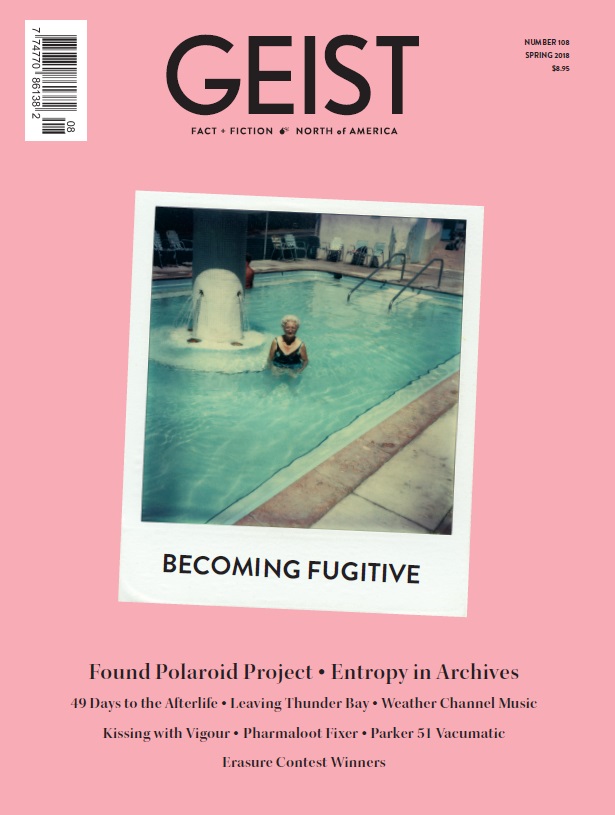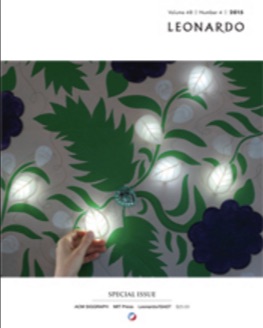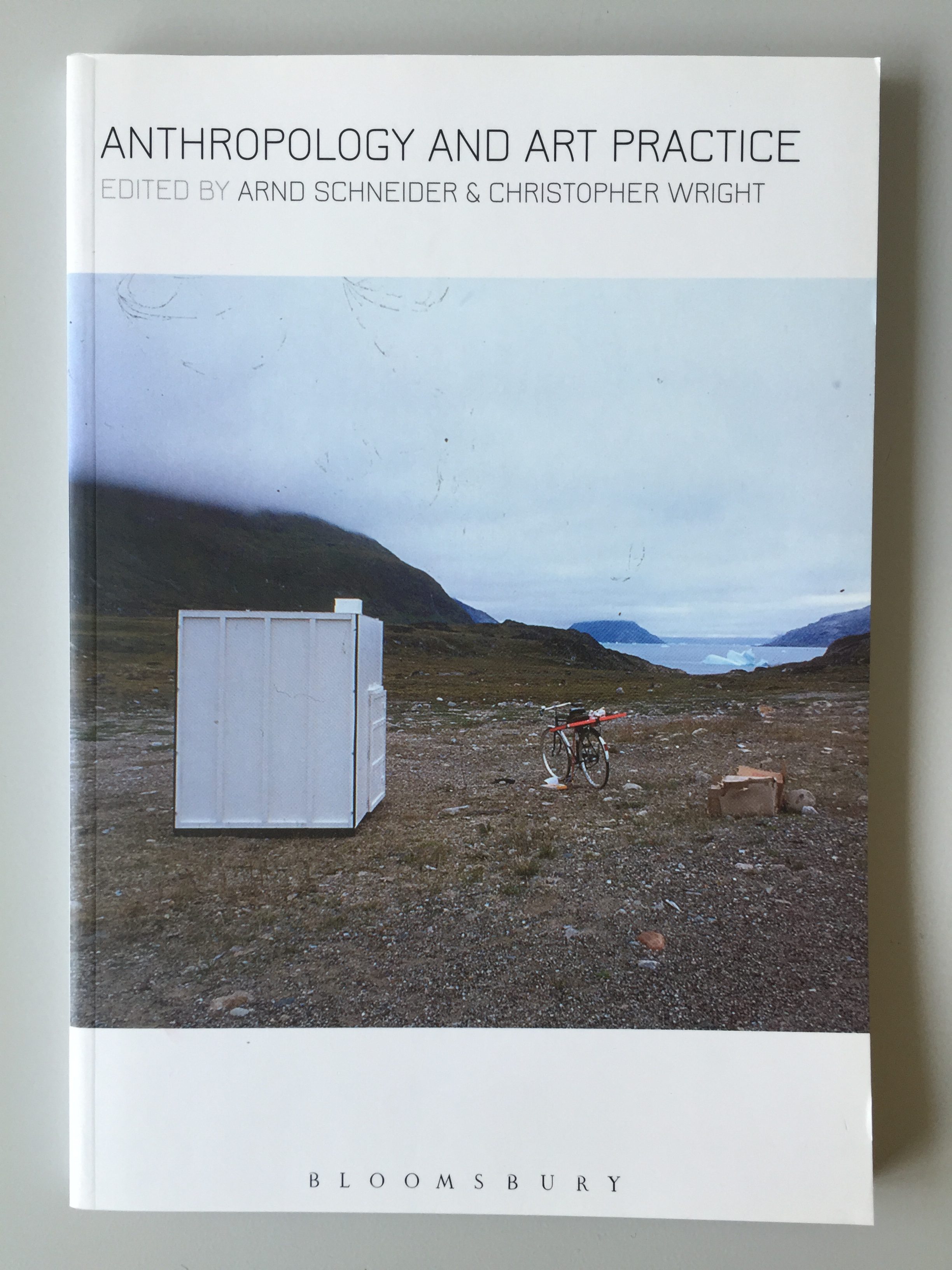
The Making Culture Lab is excited to work in collaboration with the Stó:lo Research and Resource Management Centre, the Scowlitz First Nation, Ursus Heritage Consulting, and a diverse project team of archaeologists, software developers and designers. With funding from the Virtual Museum of Canada, we have been working together over the next three years to produce an exhibit titled Sq’éwlets: A Stó:lo-Coast Salish community in the Fraser River Valley.
Our completed virtual exhibition will launched in Fall 2016, at http://www.digitalsqewlets.ca
Join us on our Facebook page for updates on our progress, photos and more.
Project Description:
The Sq’éwlets: A Stó:lo-Coast Salish community in the Fraser River Valley exhibit is a community “biography” centering on the Scowlitz First Nation; a tribe of Stó:lō – “People of the River” in the Halq’eméylem language – located in the heart of the Fraser Valley in southwestern B.C. Our story is set at the confluence of the Fraser and Harrison Rivers: a geographical intersection that mirrors many of the current political, economic, social and cultural relations in Western Canada. Working with several partner heritage institutions, we propose to build an easily accessible, interactive, virtual exhibit that highlights how our history and archaeology is interconnected with the histories of both our Indigenous and our non-Native neighbours.
Visitors to the Sq’éwlets: A Stó:lo-Coast Salish community in the Fraser River Valley will: (1) learn about the important roles that archaeology, oral history and ethnohistory play in our community today, and (2) experience the 3,000 year-long history of our ancient and modern communities who continue to live along the shores of the Fraser and Harrison Rivers —120 km east of Vancouver’s urban core.
Our aim is to personify the places, objects, knowledge and history of Sq’éwlets spanning the past 3,000 years, with Sq’éwlets and Stó:lō youth as a primary audience. Central themes include leadership, education and knowledge, land use, society, and economy. Weaving these themes together, we show the interplay of profound continuity and tumultuous change during our region’s history. Presented in the local setting of Sq’éwlets, the exhibit will resonate across the country, touching on issues that are increasingly recognized as over-riding concerns, both within Canada and abroad.
An anchor for our exhibit is the Sq’éwlets archaeological site and its river and mountain setting. The Sq’éwlets site and its environs have been subject to some of the most comprehensive archaeological investigations in Western Canada during the past 20 years. Drawing on extensive archaeological artifact collections, maps, and photographs of the fieldwork that resulted in the discovery of ancient house remains and burials of our Sq’éwlets-Stó:lō ancestors, this exhibit will offer visitors an interactive view of how a long-term archaeological and heritage preservation project contributes to the social health of a Stó:lō-Coast Salish First Nation.
The archaeology of Sq’éwlets is framed within a rich ancestral tradition and deep knowledge of the cultural landscape. This project will tell our origin stories, speak to our Transformation sites and how our lands and waterways have Halq’eméylem place names, how our ancestors traveled throughout the region making their living from the bounty of the rivers, lakes and land, and how our ancestors were buried in marked cemeteries that are revered and cared for today. To help tell these stories, the website will include interactive timelines and maps, including Halq’eméylem place names and narratives associated with specific locations on the cultural landscape. We also present new perspectives on the repatriation of our ancestral remains taken from our cemeteries and until recently held in local museums, including some of our partner institutions. Now, with the guidance of Sq’éwlets andStó:lō elders they are making their journey home. This knowledge and heritage represents a significant body of biographical and historical information about our Sq’éwlets-Stó:lō community, yet commonly goes unrecognized in our neighbouring non-Native communities—even though there is often great interest in such information. We hope our project will raise public awareness of these important places and issues—with the aim of contributing to intercommunity communication.
Sq’éwlets: A Stó:lo-Coast Salish community in the Fraser River Valley will present interviews with Sq’éwlets community members and others who helped direct and participate in the research at the Sq’éwlets site. Visitors will hear directly from community members, archaeologists, historians, and fieldschool students who contributed to the project from 1992 to 2006. Stories of their involvement and relationships within Sq’éwlets archaeology will emphasize the profound effect this collaboration has had on shaping archaeological and historical studies in the region and beyond.
Dialogue between individuals and communities, from the local to national and international levels, will be encouraged by linking our virtual exhibit to the innovative RRN (Reciprocal Research Network). Many of our partner institutions are members of the RRN. The RRN will allow us to consolidate and provide access to the Sq’éwlets archaeological site materials in digital form.
People of the River: Sq’éwlets exhibit tells a story that is rooted in the material remains of an ancestral past and represents a starting point for commenting on our inter-cultural relations of today with the aim of improving our future.
Publications and Presentations
Kate Hennessy and Mike Blake gave a presentation at the University of British Columbia’s Archaeology Day on March 15, 2014, introducing the project.

